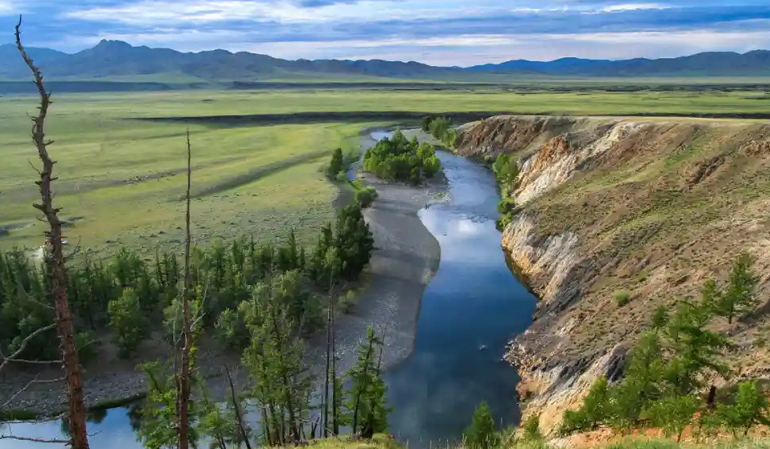Orkhon Valley

Orkhon Valley
The Orkhon Valley, located in central Mongolia, is a region of significant historical, cultural, and archaeological importance. It is recognized as a UNESCO World Heritage Site for its rich historical significance and stunning natural beauty.
The valley is home to the ruins of Kharkhorum the capital of the Mongol Empire under Chinggis Khaan and his successors. Established in the early 13th century, Kharkhorum was a major center of trade, politics, and culture.
The Erdene Zuu Monastery, built in the late 16th century, is one of the oldest surviving Buddhist monasteries in Mongolia. It incorporates elements from the ruins of Kharkhorum and remains an important cultural and religious site.
The Orkhon River, from which the valley takes its name, is the longest river in Mongolia. The river and its surrounding landscapes provide a picturesque setting with lush meadows, rolling hills, and diverse wildlife.
Also known as the Orkhon Waterfall, this natural wonder is a popular tourist attraction within the valley. It is particularly impressive during the summer months when the water flow is at its peak.
Popular activities in the Orkhon Valley include horseback riding, hiking, and exploring the historical and archaeological sites. Guided tours often provide deeper insights into the valley's rich history and cultural heritage.
The Orkhon Valley represents a unique blend of natural beauty and historical depth, making it a must-visit destination for those interested in the history of the Mongol Empire and the enduring traditions of nomadic culture.

